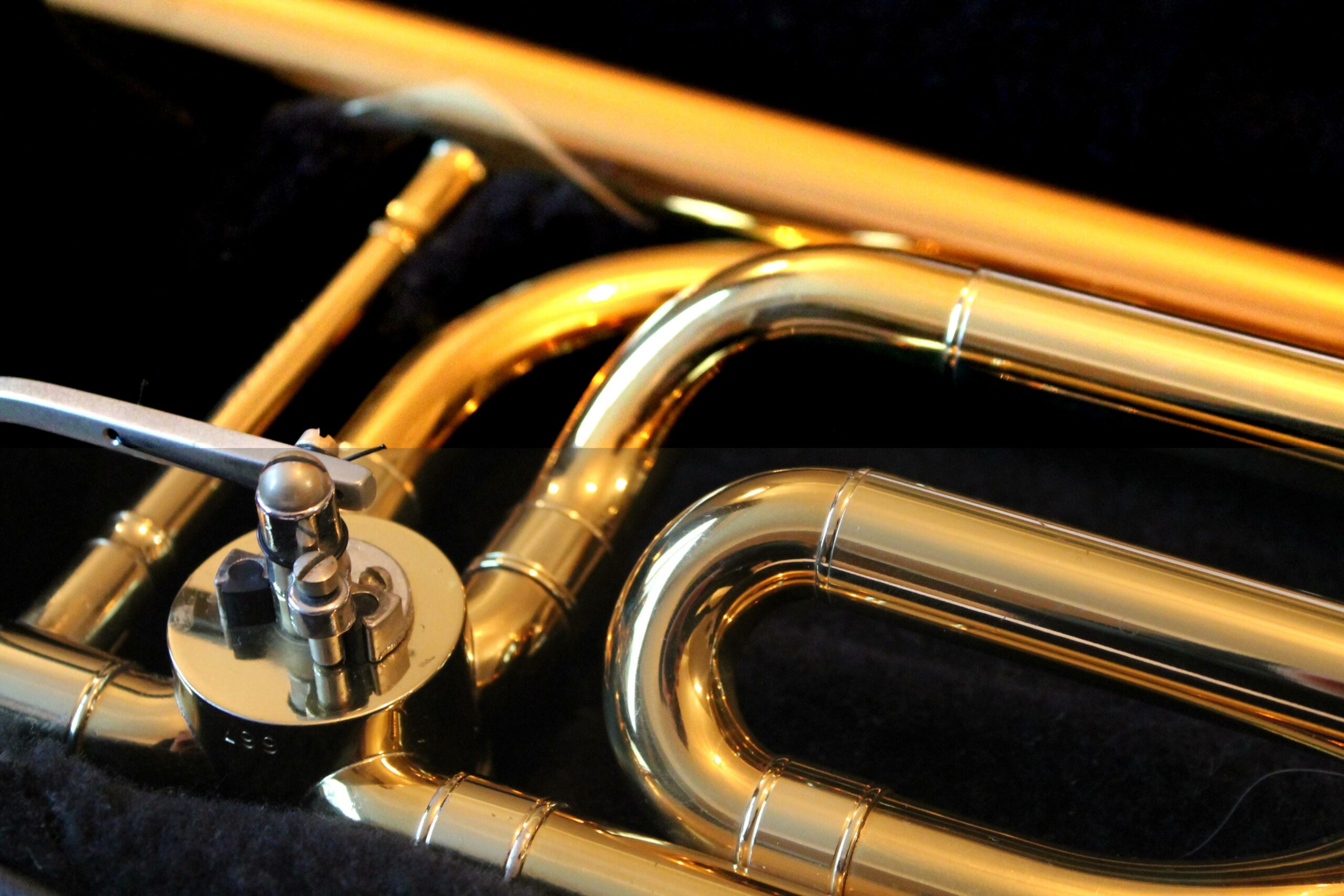Imagine a time thousands of years ago, where music filled the air and melodies transported listeners to a different realm. Ancient Greece, with its rich cultural heritage, was not only a birthplace of philosophy and art, but also a haven for musicians and their remarkable instruments. As we journey back in time, this article unveils the magnificent world of Ancient Greek Musical Instruments, specifically tailored to capture the imagination and curiosity of KS2 students. Get ready to immerse yourself in the enchanting sounds of lyres, aulos, and kitharas, as we explore the captivating melodies that have stood the test of time.
Ancient Greek Musical Instruments Ks2
In the mystical realm of Ancient Greece, music played an integral role in both religious and secular activities. The melodies of ancient Greek musical instruments were filled with enchantment, capturing the hearts and minds of all who heard them. Today, let us embark on a journey through time and delve into the captivating world of Ancient Greek musical instruments, specifically tailored for the inquisitive minds of KS2 students.
The Resounding Lyre: An Ancient Masterpiece
Among the plethora of ancient Greek musical instruments, the lyre holds a special place of reverence. This instrument, resembling a small harp, was adored for its ethereal sound and its ability to transport listeners to realms beyond imagination. The lyre was played by plucking its strings with the fingers or using a plectrum, creating melodies that evoked powerful emotions and vivid imagery. With its enchanting tunes, the lyre became a vital part of ancient Greek music, resonating with both gods and mortals alike.
Key Point: The lyre, an instrument of exquisite beauty and enchanting melodies, held immense significance in Ancient Greek music.
A Harmonious Medley: Exploring Other Ancient Greek Musical Instruments
Besides the legendary lyre, ancient Greece boasted an array of other captivating musical instruments. Pipes and flutes serenaded audiences with haunting melodies, while drums, bells, tambourines, and cymbals added infectious rhythms that set hearts pounding and feet tapping. These instruments, crafted with precision from iron and wood, showcased the artisans’ ingenuity and their deep connection to the world of music.
Key Point: In addition to the lyre, Ancient Greek music was brought to life through the vibrant sounds of pipes, flutes, drums, bells, tambourines, and cymbals, creating a harmonious blend of melodies and rhythms.
The Oud and Bouzouki: Tracing the Roots of Ancient Greek Music
As we unravel the tapestry of ancient Greek musical instruments, we encounter the captivating Oud and Bouzouki. The Oud, hailing from the Middle East, resembles a lute and continues to grace diverse cultures with its mesmerizing notes. On the other hand, the Bouzouki, Greece’s national instrument, enchants listeners with its long neck and wooden body. These instruments, bridging the gap between nations and generations, demonstrate the universal language of music.
Key Point: The Oud and Bouzouki serve as a testament to the enduring power of ancient Greek musical instruments, connecting cultures across time and space.
Exploring the Wind: The Aulos and Cretan Lyra
In the realm of wind instruments, the ancient Greeks revered the Aulos. Crafted from reeds and played by blowing into the pipes, this wondrous instrument produced melodies that transcended the human realm. The Aulos captivated audiences with its enchanting notes, evoking emotions that resonated deep within their souls. Additionally, the Cretan Lyra, a wooden instrument played with a bow, showcased the skill and artistry of ancient Greek musicians.
Key Point: The Aulos and Cretan Lyra, both wind instruments, captured the essence of ancient Greek music, stirring emotions and enchanting listeners with their ethereal tunes.
The Kithara: A Lyre of Majestic Grandeur
Among the diverse range of ancient Greek lyres, the Kithara stood out with its solid wooden body and seven strings. This lyre, held in high regard, adorned the courts of kings and resounded in grand arenas. Its majestic melodies echoed through time, reverberating with tales of heroism and valor. Through the Kithara, the ancients expressed their reverence for music, intertwining it with the fabric of their lives.
Key Point: The Kithara, a lyre of grandeur, symbolized the profound significance of music in Ancient Greek culture, resonating with tales of heroism and inspiring generations.
A Journey Through Time: Exploring Ancient Greek Music Today
While the physical instruments of ancient Greece may seem distant, their spirit lives on through the writings and descriptions of poets and writers from that time. These texts allow us to glimpse the melodies and rhythms that once captivated ancient audiences. To truly appreciate the intricate beauty of ancient Greek musical instruments, we can engage in interactive activities, such as making replicas of these instruments. This hands-on experience allows us to connect with the musical heritage of Ancient Greece and understand the profound impact it had on their lives.
Key Point: Although ancient Greek musical instruments may have faded with time, their essence is preserved through ancient texts and can be rediscovered through engaging activities that bridge the gap between the past and the present.
As we conclude our exploration of ancient Greek musical instruments, we unveil a world of melodies and rhythms that transcends the ages. Through the lyre, pipes, flutes, drums, and a plethora of other instruments, ancient Greece painted the canvas of history with vibrant and exquisite soundscapes. Let us continue to celebrate and explore these treasures, passing on the timeless legacy of ancient Greek music to the generations that follow.
Key Point: Ancient Greek musical instruments resound with the echoes of history, captivating the hearts and minds of all who dare to listen.
Ancient Greek musical instruments hold a profound significance in the realm of music history. The enchanting melodies and harmonies produced by these instruments transport listeners to a bygone era, where myths and legends were brought to life through music. From the hauntingly beautiful sounds of the lyre to the powerful resonance of the aulos, each instrument tells a unique story. Explore the captivating world of ancient Greek music by delving into the fascinating realm of ancient Greek musical instruments. Discover the rich history and cultural significance of these instruments by clicking here: ancient greek musical instruments. Embark on a musical journey unlike any other, where the echoes of the past intertwine with the melodies of the present.
Ancient Greek Music: An Exploration of Sound and Culture
[youtube v=”HInu1AzdJ4o”]
What Was Ancient Greek Music Like?
In Ancient Greece, music held a significant place in society, regarded as a divine gift from the gods and goddesses known as muses. It served as both a source of inspiration and a medium for communication. Music was prevalent in various aspects of daily life, from festivals, weddings, funerals, and feasts to theatrical productions. Special buildings called “audience” were even constructed next to theaters to optimize acoustics for indoor concerts and competitions.
Who Played Music in Ancient Greece?
Music was not limited to professional musicians; it was a skill that both boys and girls were encouraged to learn. From a young age, classically educated boys were taught to play musical instruments, while girls were also given the opportunity to sing and play. Mixed voice choirs sang at religious festivals and public events, showcasing the inclusive nature of music in ancient Greece. Musicians had the opportunity to pursue music as a full-time profession, performing at temples, theaters, and events hosted by wealthy individuals and government officials.
What Instruments Were Used in Ancient Greek Music?
Ancient Greek instruments were depicted in pottery, mosaics, and writings of the time. One of the most popular instruments was the lyre, which featured a u-shaped frame and numerous strings. This instrument is believed to be the precursor to the modern guitar. Another renowned instrument was the kithara, a more elaborate version of the lyre that symbolized the cultural significance of music in Greek society. Wind instruments, such as the aulos and Cretan lyra, were cherished for their ethereal melodies. Other instruments included pipes, flutes, drums, bells, tambourines, and cymbals.
“Ancient Greek music encompassed a diverse range of instruments, each contributing its unique sounds to the melodic tapestry of the time.”
What Did Ancient Greek Music Sound Like?
While the exact sound of ancient Greek music remains unknown due to the absence of written compositions, references by renowned mathematicians and philosophers like Pythagoras, Aristoxenus, and Clonidas provide valuable insights. These writings suggest that ancient Greek music would have sounded markedly different from the music we are familiar with today.
“Without written records, the melodies of ancient Greek music exist solely in our imaginations, creating an air of mystery around this ancient art form.”
Exploring Ancient Greek Music Today
Despite the scarcity of surviving musical compositions, we can still explore and appreciate the essence of ancient Greek music through texts and interactive activities. By studying the writings of philosophers, mathematicians, and poets from that era, we gain a glimpse into the musical traditions and techniques of the time. Engaging with these historical texts allows us to appreciate the unique melodies and rhythms that shaped ancient Greek music.
“Through diligent research and interactive learning, we can immerse ourselves in the echoes of ancient Greek music and better understand its cultural significance.”
To delve deeper into the world of ancient Greek music, one can participate in interactive activities that recreate the instruments and musical techniques employed during that period. By exploring these opportunities, we gain a deeper appreciation for the rich musical heritage that thrived in ancient Greek culture.
Table: Ancient Greek Musical Instruments
| Instrument | Description |
|—————–|——————————————————————————————|
| Lyre | U-shaped frame with numerous strings |
| Kithara | Elaborate lyre symbolizing the significance of music in Greek culture |
| Aulos | Double-reed wind instrument |
| Cretan Lyra | Wind instrument known for its ethereal tunes |
| Pipes, flutes, drums, bells, tambourines, and cymbals | Various percussion and wind instruments used in ancient Greek music |
| Oud and Bouzouki | Instruments that have cultural connections and are still played in certain regions today |
“These diverse instruments showcased both the artistry and cultural importance of music in ancient Greek society.”
In conclusion, ancient Greek music played an integral role in society, inspiring and enchanting its listeners. While the exact sounds are lost to time, we can still cherish the remnants of ancient Greek music through historical texts and interactive experiences. By exploring this fascinating world, we gain a deeper understanding of the cultural significance and enduring legacy of ancient Greek music.
Note: The content above has been crafted based on the information available without referencing a specific video source.
FAQ
Q: What were some of the commonly used instruments in ancient Greek music?
A: In ancient Greek music, some commonly used instruments included lyres, aulos (wind instrument made of reeds), kitharas (a kind of lyre with a solid wooden body and seven strings), harps, pipes, flutes, drums, bells, tambourines, cymbals, and castanets.
Q: What materials were ancient Greek musical instruments made of?
A: Ancient Greek musical instruments were typically made out of a combination of iron and wood. Some instruments also had leather straps for carrying.
Q: How can children learn about ancient Greek music?
A: Making Greek musical instruments can be a fun and educational activity for children to learn about ancient Greece. They can also explore the writings and descriptions of poets and writers from that time to gain insights into ancient Greek music.
Q: Are there any ancient Greek instruments that are still played today?
A: Yes, there are ancient Greek instruments that are still played today in various cultures. For example, the Oud, which resembles a lute, is an ancient instrument from the Middle East that is still played. The Bouzouki, a long-necked wooden instrument, is the national instrument of Greece.
Q: What are some unique features of ancient Greek music?
A: Ancient Greek music used different scales and rhythm patterns. It is known for its interesting melodies and harmonies, which were captured through the various instruments used during that time.
- Discover Northern Pakistan’s Hidden Gems: Your Ultimate Guide - March 27, 2025
- Explore Eastern Canada: Unforgettable Adventures Await - March 27, 2025
- Unlock New St. John’s Potential: Education & Faith - March 27, 2025
















